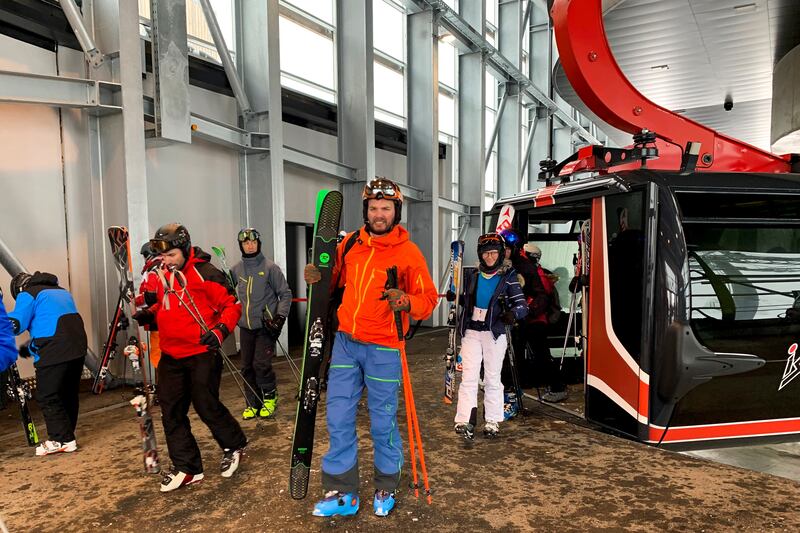One of my primary responsibilities as a member of the Salt Lake County Council is to ensure the public’s tax dollars are allocated to their highest and best use. This can be difficult when we have many legitimate requests for how to spend, or not spend, tax dollars. This same challenge applies to responsible elected officials at the federal, state and local level.
One major upcoming decision to be made by the Utah Legislature, after receiving a recommendation from the Utah Department of Transportation, is whether or not to spend at least $592 million to build a gondola in Little Cottonwood Canyon to help mitigate occasional traffic congestion. A competing solution under consideration that costs almost as much is widening the canyon highway and adding many more buses during the ski season.
As I analyze this issue in the spirit of “highest and best use” on how to spend $592 million, I have to ask a question: Are there other, more pressing transportation problems around the Salt Lake Valley that would be a better use of that money?
Most casual observers would say, “Yes, there most certainly are!” Take, for example, the west side of the Salt Lake Valley. On just about any weekday between the hours of 4 p.m. and 6:30 p.m. most of the east-west arterial streets will be totally congested with cars often extending from traffic signal to traffic signal.
In addition, there are other pressing transportation needs on the east side of the valley as well. These are year-round and growing problems compared to the traffic congestion in Little Cottonwood Canyon that exists maybe 30 days a year.
Another idea that would improve air quality and help reduce traffic congestion valleywide is to use a small portion of the $592 million to make the Utah Transit Authority “No Fare” during the winter inversion pollution months of December, January and February. Even for somebody that never uses UTA (I do regularly), this idea truly benefits everybody as a result of cleaner air and reduced traffic congestion for all.
So where should the $592 million in taxpayer dollars be allocated?
I suggest the answer is where the dollars will do “the greatest good for the greatest number of people.” And, this doesn’t include the gondola or significant Little Cottonwood Canyon highway expansion, which both miss the mark in this regard.
As it concerns solutions to help alleviate traffic congestion during peak days in Little Cottonwood Canyon, we must not forget that Big Cottonwood Canyon also has a similar issue on peak days. Therefore, I recommend that we first look at various less expensive options that can be implemented as early as next ski season to help alleviate traffic congestion on the days in question.
A few ideas can have an immediate impact on reducing canyon congestion:
- A parking and skier reservation system to spread out peak demand that has proven successful in other areas of the country.
- Priority parking for cars with three or more occupants.
- Designated hitchhiking pickup and drop-off spots at strategic locations in which cars with only one or two occupants can pick up additional riders to meet occupancy requirements for priority parking and other amenities. (This type of casual carpooling is commonly known as ‘slugging’ and has worked well in other parts of the country.)
- No fares collected on UTA ski buses to incentivize their use.
These are a few commonsense, inexpensive concepts that can have an immediate impact, rather than either of the two proposed, very expensive projects that will take years to complete at a significant cost to the taxpayers and damage to the environment — both of which would likely incur cost overruns and construction delays.
As a skier and a hiker who frequents these canyons, I believe Big and Little Cottonwood canyons are “crown jewels” of our community that deserve to be protected for the enjoyment of future generations. Adding massive pylons for a gondola is not only unsightly but impractical.
Be it either the Little Cottonwood Canyon highway expansion or the gondola, I am hard-pressed to think of a more grievous misuse of taxpayer resources when there are such pressing transportation needs elsewhere. Again, I suggest we start with less expensive commonsense solutions that can have an immediate beneficial impact on traffic congestion in the canyons while saving money and protecting the canyon landscape.
Richard Snelgrove is a Salt Lake County Councilman at-large. He currently resides in Murray.

